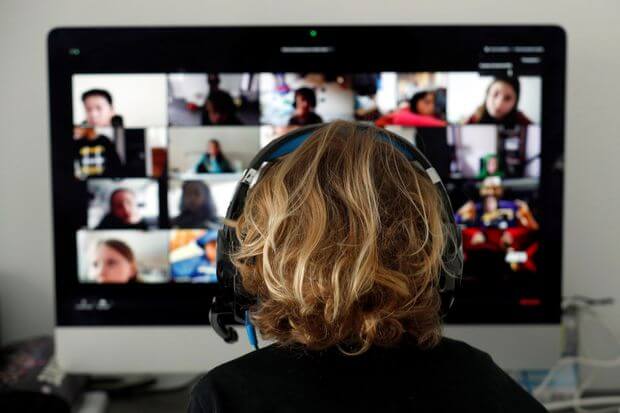
Pamela Cruz. Pen sula 360 Press [P360P].
High-quality ethnic and vocational education programs offered by ethnic and community colleges can offer hundreds of students a path to well-paying careers. However, many of these programs have shifted to online due to the COVID-19 pandemic and many will remain online, widening the inequality gap.
According to a study by the Urban Institute,
